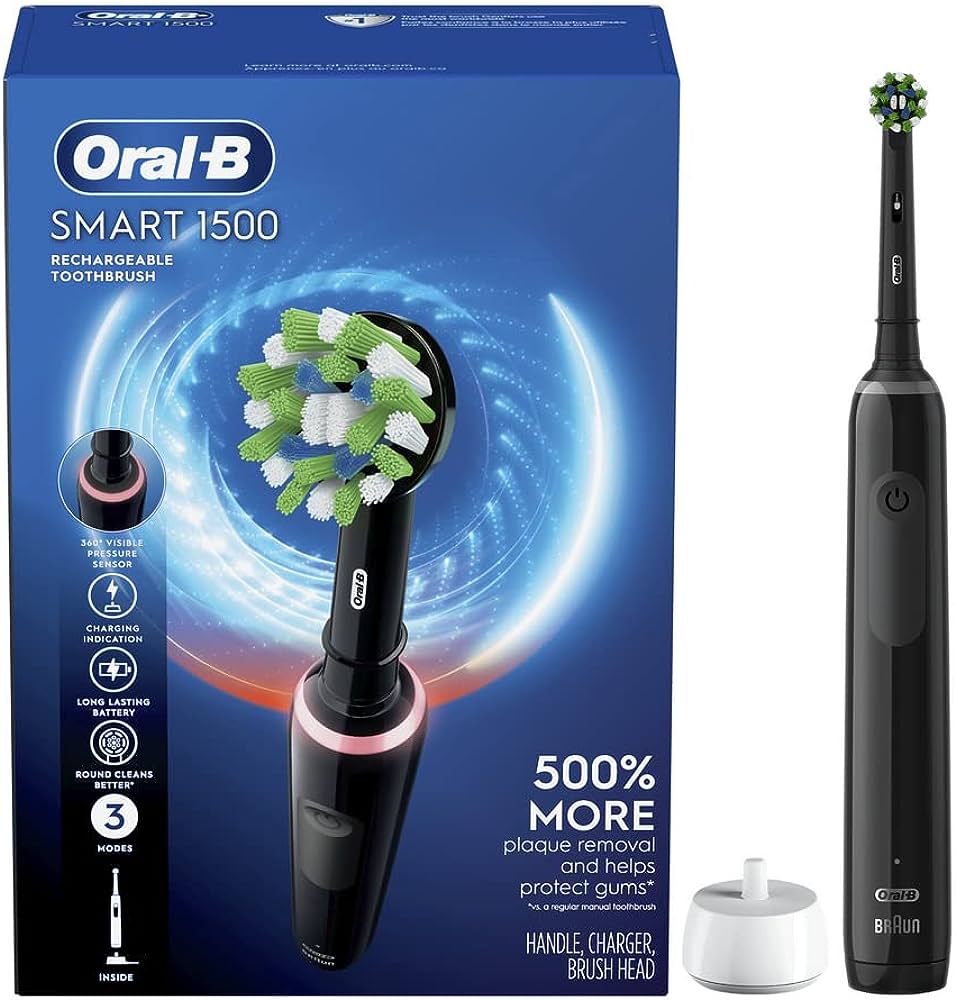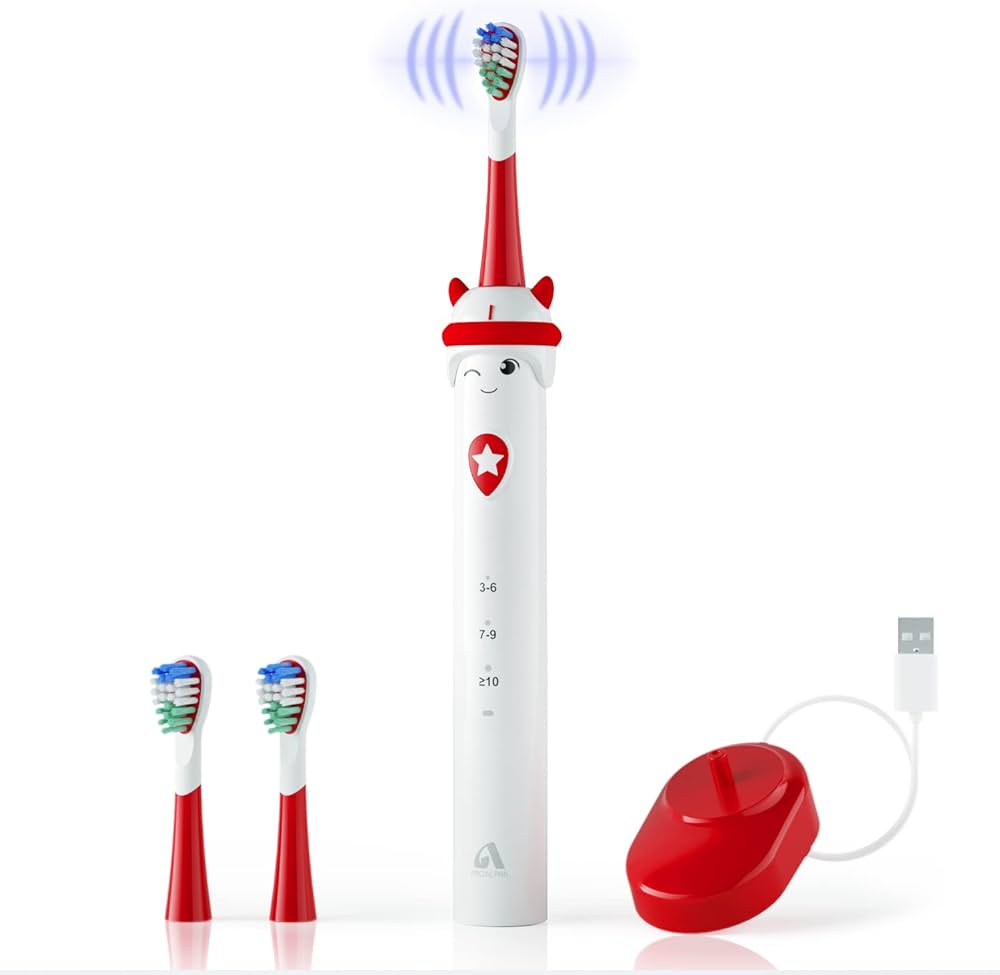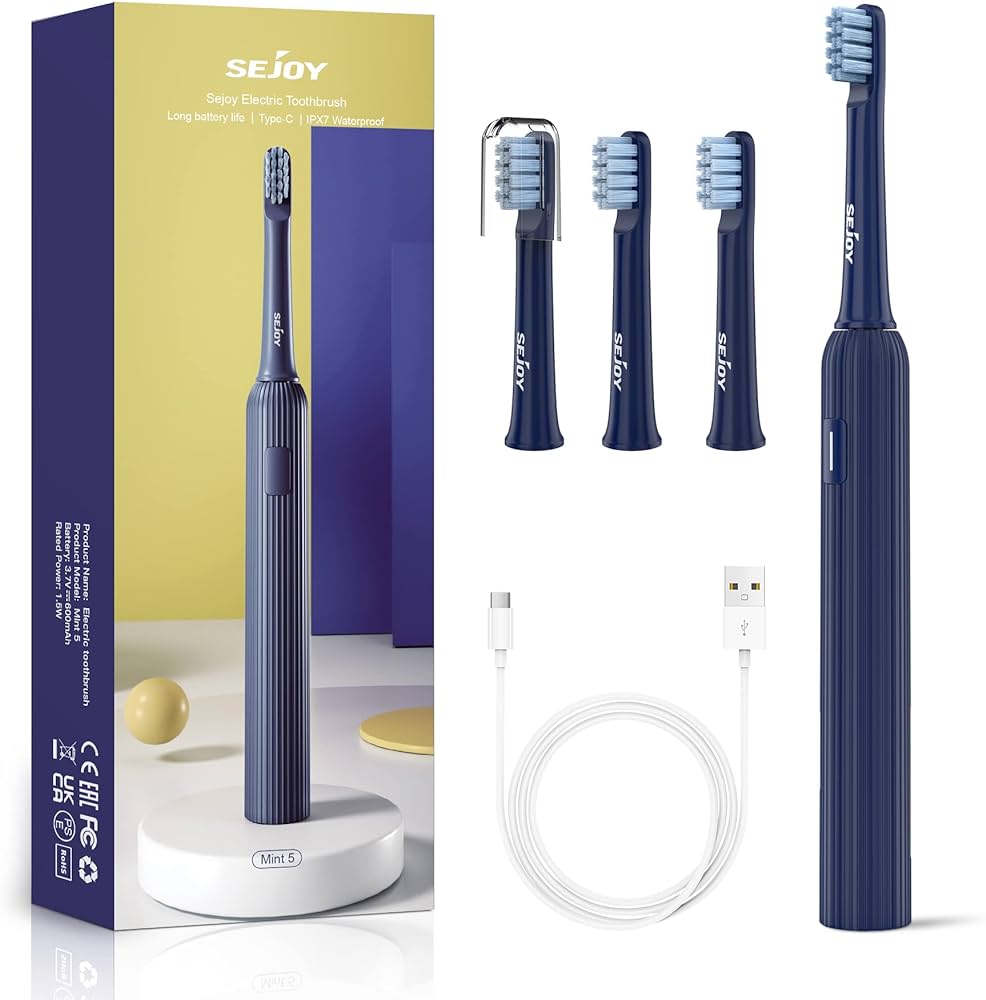Introduction
The electric toothbrush has become an integral part of modern oral hygiene, providing an efficient and convenient tool for maintaining dental health. In this comprehensive guide, we will explore the invention and evolution of the electric toothbrush. From the early origins and development to the modern advancements, each section will delve into specific details and historical milestones surrounding the invention of the electric toothbrush.

Exploring the Invention of the Electric Toothbrush: A Historical Journey
I. Early Efforts in Mechanical Toothbrushes
-
Early Tooth-cleaning Tools:
- Ancient civilizations used various tools, such as twigs, frayed ends of plants, and rough cloth, to clean their teeth.
-
Beginnings of Manual Toothbrushes:
- The Chinese are credited with inventing the first recognizable manual toothbrushes around 1498, consisting of handles made from bamboo or bone with bristles made from the hairs of boars, horses, or other animals.
-
Evolution of Manual Toothbrushes:
- Over time, manual toothbrushes evolved with improvements in bristle materials and design, eventually leading to the development of bristle toothbrushes with handles made from wood or ivory in the 18th and 19th centuries.

II. Introduction of Electric Toothbrush Prototypes
-
Early Electric Tooth-cleaning Devices:
- In the late 1800s, researchers and inventors began experimenting with electrically powered tooth-cleaning devices, although they were not yet considered electric toothbrushes in the modern sense.
-
Dr. William Addis and the Hand-cranked Brush:
- In 1880, Dr. William Addis, an English entrepreneur, is often credited with creating the first prototype of a modern electric toothbrush. His device featured a hand-cranked brush with nylon bristles, providing a mechanized cleaning action.
-
Long Development Process:
- Following Addis’s invention, it took several decades for inventors to refine and develop electric toothbrush prototypes further. Various designs and concepts emerged during this period, laying the groundwork for future advancements.
III. Innovations in Electric Toothbrushes
-
Dr. Philippe-Guy Woog’s Vibrating Device:
- In 1939, French dentist Dr. Philippe-Guy Woog invented an early electric toothbrush that combined rotary motion and vibration. It featured a motor that rotated a brush head while simultaneously producing a vibrating action.
-
Dr. George F. Grant’s Electric Toothbrush Patent:
- Dr. George F. Grant, an African American dentist, patented an electric toothbrush design in 1950 that was available for sale to the public. His invention featured a motorized toothbrush with replaceable bristle tufts, making it more convenient for users.
-
Introduction of Rechargeable Electric Toothbrushes:
- In the 1960s, General Electric brought rechargeable electric toothbrushes to the market. These new models employed a charging station that supplied power to the toothbrush handle, eliminating the need for disposable batteries.

IV. Advancements in Modern Electric Toothbrushes
-
Introduction of Rotating and Oscillating Technology:
- In the 1980s, Oral-B introduced the first electric toothbrushes featuring rotating and oscillating brush heads. This technology offered a more effective cleaning action, with the brush head rotating in one direction and then oscillating in the other.
-
Development of Sonic and Ultrasonic Toothbrushes:
- In the 1990s, Philips introduced the Sonicare electric toothbrush, utilizing sonic vibrations for a unique cleaning experience. Ultrasonic toothbrushes, which operate at even higher frequencies, were subsequently introduced, providing a more thorough cleaning action.
-
Smart Features and Connectivity:
- Modern electric toothbrush models have embraced technological advancements, with features such as pressure sensors, timers, brushing mode options, and wireless connectivity to smartphone applications. These innovations aim to improve brushing effectiveness and promote optimal oral hygiene habits.
The Future of Electric Toothbrushes
-
Integration of Artificial Intelligence (AI):
- The future of electric toothbrushes may see the integration of AI technology, allowing the toothbrush to analyze brushing patterns, provide personalized feedback, and tailor brushing techniques for individual users.
-
Enhanced Sensors and Feedback Mechanisms:
- Electric toothbrushes may feature advanced sensors that monitor areas of the mouth being brushed, providing real-time feedback on missed spots or inadequate brushing pressure.
-
Biocompatible Materials and Sustainable Design:
- In line with growing environmental consciousness, future electric toothbrushes may incorporate biocompatible materials and sustainable design practices, reducing their carbon footprint and promoting eco-friendly oral care.
-
Integration with Other Oral Health Devices:
- Electric toothbrushes may further integrate with other oral health devices, such as water flossers or tongue cleaners, creating a comprehensive system for maintaining overall oral hygiene.

Maintaining Your Electric Toothbrush
-
Regular Cleaning and Care:
- To ensure optimal performance and longevity, it is essential to clean and care for your electric toothbrush regularly. Rinse the brush head thoroughly after each use, replace it every three months, and clean the handle according to the manufacturer’s instructions.
-
Charging and Battery Life:
- Follow the guidelines provided by the manufacturer for charging your electric toothbrush. Be mindful of the battery life and recharge the toothbrush as needed to prevent it from running out of power during use.
-
Replacement Parts and Warranty:
- When necessary, replace worn-out or damaged parts, such as brush heads or charging cables, with genuine manufacturer replacements. Ensure that your electric toothbrush is still under warranty and consult the manufacturer if you encounter any issues.
Embracing the Benefits of Electric Toothbrushes
-
Improved Plaque Removal:
- Electric toothbrushes provide a superior cleaning action compared to manual brushes, effectively removing plaque and reducing the risk of dental issues such as cavities and gum disease.
-
Enhanced Patient Compliance:
- The ease of use and effectiveness of electric toothbrushes can help motivate individuals to maintain consistent oral hygiene habits, leading to improved overall oral health.
-
Convenience and Accessibility:
- Electric toothbrushes offer convenience and accessibility, making them suitable for individuals with limited dexterity, orthodontic appliances, or other physical limitations that may hinder effective brushing with a manual toothbrush.

V. Conclusion: Enhancing Oral Hygiene Practices
The journey of the electric toothbrush spans centuries of innovation, starting from humble manual tools to the technologically advanced devices we have today. From Dr. William Addis’s hand-cranked brush to the introduction of rotating and oscillating technology, the invention and evolution of the electric toothbrush have significantly enhanced oral hygiene practices.
By exploring the historical milestones and advancements in electric toothbrush design, we gain a deeper appreciation for the ingenuity and dedication of early inventors and the ongoing commitment to improving oral health. The continual development of electric toothbrush technology highlights the importance placed on oral hygiene and the desire to provide individuals with effective tools for maintaining dental health.
Today, electric toothbrushes offer a range of features and technologies that can cater to individual needs, encouraging proper brushing techniques, improving plaque removal, and enhancing overall oral care. As further advancements are made, the electric toothbrush will continue to evolve, promoting optimal oral hygiene practices for individuals of all ages.

